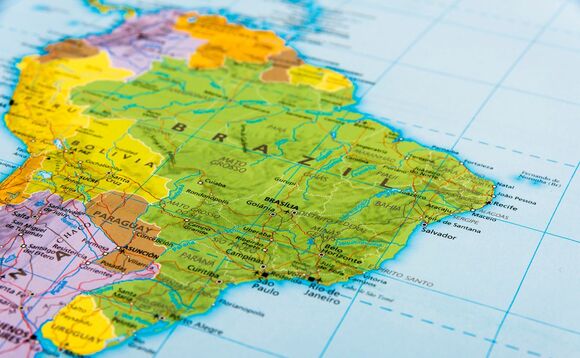Ilan Goldfajn, head of the IMF's western hemisphere division, has warned that investors might seek safe haven assets at the expense of emerging markets if market turbulence, like that in the UK bond market, continues.
Goldfajn told the Financial Times that while emerging markets had so far remained resilient this may not last. He added the current disruption in the UK, which has seen government borrowing costs jump to 20-year highs, could become "a more generalised vulnerability so that markets become more disorderly".
"In this world something very important will happen for emerging markets . . . the flight to safety," the IMF head said in an interview while attending meetings in Washington.
In a blog on the IMF website published 13 October, Goldfajn and IMF colleagues wrote that while growth momentum in Latin America is positive financing is becoming a challenge.
Markets stumble following stubbornly high US inflation results
"Capital inflows to emerging markets are slowing and external borrowing costs are increasing, the blog stated. "Domestic interest rates in emerging markets are also rising as their central banks are hiking rates to battle inflation as well, but also because of reduced investors' appetite for risker assets."
In light of the risks presented by the transition to a higher global interest rate the IMF believes growth in Latin American and the Caribbean countries will slow more rapidly than it had previously projected.
It believes growth will slow to 1.7% next year down from a forecast of 2.5%, the blog said.
The IMF continued that countries that are more reliant on exporting commodities, such as those in South America, would see their growth rates halve next year as lower commodity prices "amplify the impact of rising interest rates".
In July, the IMF upgraded its growth projection for the Latin America and Caribbean region to 3.5% for the year, up from 3%.
Mini Budget: 'The straw that broke the camel's back'
Inflation concerns
The IMF has also raised its regional inflation forecast as it has concerns that despite aggressive action from the region's central banks price pressures have broadened recently.
The fund raised its regional inflation forecasts to 14.6% for 2022 and 9.5% for 2023.
It highlighted that Brazil, Chile, Colombia, Mexico and Peru have seen inflation reach a two-decade high of 10% and is "testing the hard-won credibility of inflation targeting frameworks".
Goldfajn told the FT: "It could be the case that this time around we are better off, maybe monetary policy is better, maybe we will have more reserves, maybe our banking systems are more healthy.
"But . . . what worries me is that this tightening is there. It is going to continue. We are going to see deceleration, we may even see recessions globally. So that is not an easy environment in 2023."





